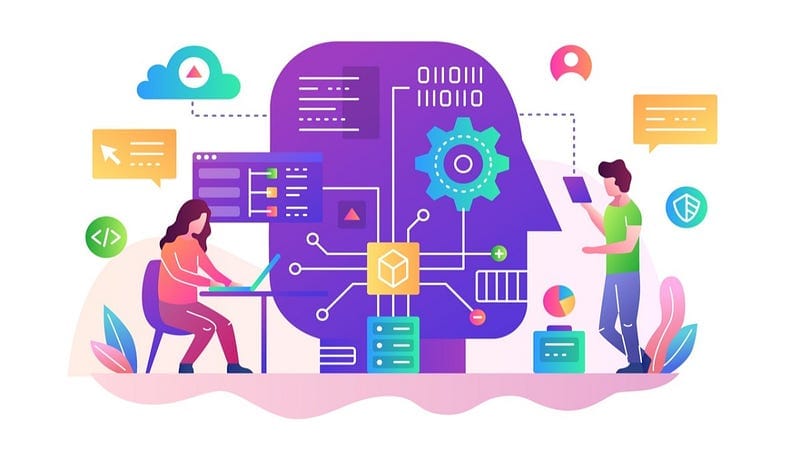Machine Learning for the Sake of Future Learning
Technology is inevitably embedded into the learning process. A new era brings technology further into the classroom structure, embedding…

Technology is inevitably embedded into the learning process. A new era brings technology further into the classroom structure, embedding devices and network access in students’ hands. In this new era of learning, education will not only look more device-centric, but also more data-centric. Data can provide schools with context to better understand classrooms and student learners, in addition to school operations and processes.
Previewed as one of the big drivers of change in our Emerging Technologies in the 2020 Classroom report, machine learning is a capability that takes this data-centric trend to a new level. It is a tool that will not only allow schools and technologists to extract more quantitative data out of the learning process, but also to infuse more personalization within their educational technology tools. Additionally, corresponding technological advancements like the rise of 5G technology will also make machine learning an even more democratized skillset among schools.
What is Machine Learning, exactly?
In a simple sense, machine learning is when large sets of data are used to build and train a “model” (read: algorithm, code, program) that learns on its own, identifies patterns, and makes decisions automatically without intervention. The more interactions that occur in a given system, the more data is created and becomes available, and the better the model gets. There are so many corresponding terms that are related to machine learning as well, but may be referring to specific enhancement or applications of machine learning. You may hear terms like “deep learning” and “neural networks.”
Typically, machine learning goes from large data sets to building models manually to insights. Deep learning is the use of “neural networks” to further automate and facilitate the model building/testing/training part. Neural networks are layers of algorithms that are designed to automatically recognize patterns in data, rather than be manually trained. In a simple sense, the term “deep learning” is a further enhancement of a machine learning function through the use of “neural networks.”
How can Machine Learning be used?
Pattern Recognition
Sometimes called “knowledge discovery in databases” (KDD), pattern recognition is self-explanatory. Many in the industry today who mention “machine learning” are referring to this application of it.
Use Case: Adaptive learning capabilities in testing and assessments within personalized learning platforms
Natural Language Processing
Natural Language Processing (NLP) is a machine learning application in which the “data” being used to train a model is typically human language in the form of text and/or voice in raw form. This allows data scientists and engineers to train a computer to understand human language in many contexts.
Use Case: Voice and text recognition features in language learning applications, like automated speech recognition.
Most of today’s practical applications of “artificial intelligence” are more specifically machine learning applications. We are already seeing many of these applications in the education sector through technology applications focused on learning, classroom and school operations, and administrative software.
What else to consider
It is easy to imagine all of the possibilities that machine learning can bring to learning and schooling, but it would be presumptuous to dive in without considering potential consequences as a result of it.
Privacy. Machine learning and other artificial intelligence applications need a LOT of data to work effectively. Increased demand for more data in a school setting runs the risk of data privacy concerns. How do we make sure that these large data sets are not in the wrong hands?
Efficacy. Tracking the impact of machine learning on actual student learning and assessment scores has not been deeply researched as of yet. This speaks to a broader trend in the efficacy of learning technology — how can one prove that instituting adaptive learning or automation in classroom technology actually improves student learning? This will need to be done on a case-by-case basis.
Learning. The approach to a holistic education is threatened by the advance in machine learning applications. With so much adaptive technology that “meets students where they are,” how might that change students’ expectations and behaviors as they progress through the educational system and into the workforce? How does a teacher’s role change as a result of this new type of learning? What does grit look like? How do we ensure that students are still learning the skills necessary to adapt in a modern world?
Data is not, in itself, a solution to the challenges of education in the 21st century. However, tools like machine learning cannot be ignored in the context of student learning and content consumption. The value and implications of its use cases and capabilities are simply too high to push aside for the status quo.
Originally published at https://www.goguardian.com.